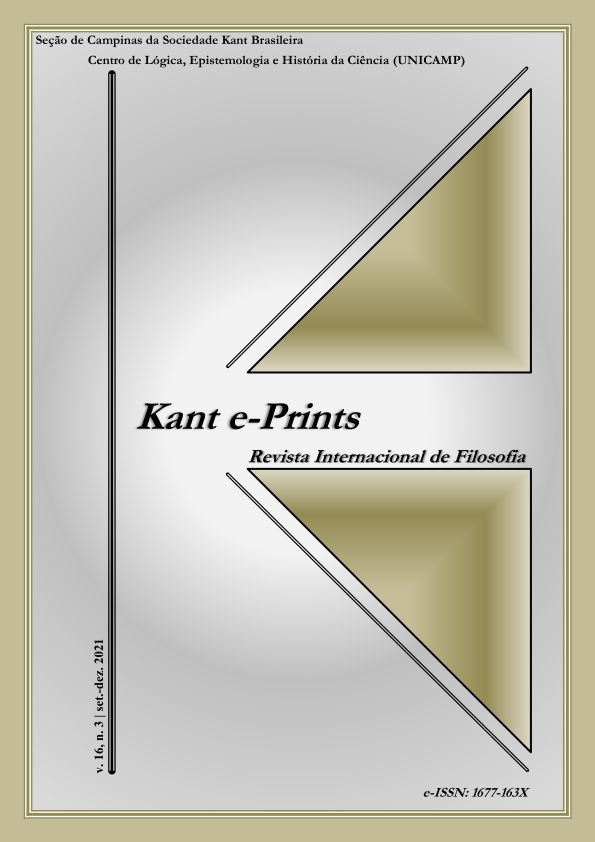Resumo
In order to carry out “a great and important piece of work, and that in a complete and lasting way”, Kant claims that one must join one’s “effort with that of the author”. The reading of a work, therefore, must try to embrace “the articulation or structure of the system, which yet matters most when it comes to judging its unity and soundness”. This structure and articulation, however, may not be so easily accessible; it may, rather, be latent under “bright colours [that] paint over and make unrecognizable” the argument’s essence, often confusing the reader, who “cannot quickly enough attain a survey of the whole” (KrV, A XIX). Now, it would be expected, then, that Kant, condemning such “ornaments”, would not employ those resources I n his writings. However, it is curious that not infrequently he makes use of such “bright colours”. The present paper aims at pointing out some passages of Kant's theoretical and practical philosophy in which it is possible to identify such “colouring”.

Este trabalho está licenciado sob uma licença Creative Commons Attribution 4.0 International License.
Copyright (c) 2022 Rômulo Eisinger Guimarães
